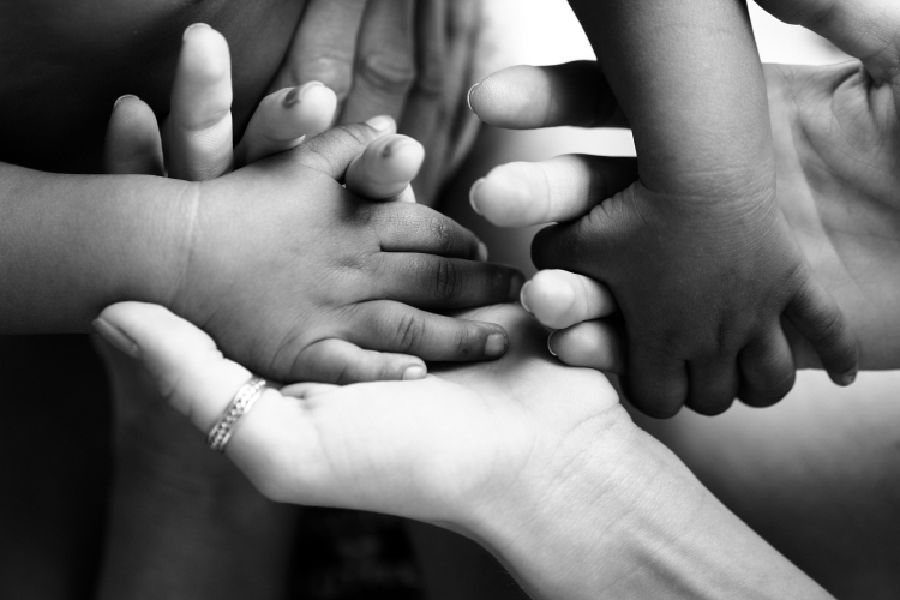The male child has always found favour in the Indian household. A Pew Research Center study in 2022 based on data published in a National Family Health Survey had found that 33% of Indian women of reproductive age wanted to have more boys than girls, as opposed to only around 3% wanting more daughters than sons. Such ingrained gender-based stereotypes take decades to dissolve; hearteningly, it appears that India’s preference for the male child may indeed be weakening. Recent statistics released by the Union government revealed a remarkable shift in preference for a girl child, albeit when it comes to adoption, under the Hindu Adoption and Maintenance Act. Punjab, where the sex ratio remained skewed in favour of the male child till recently, is leading this encouraging trend. Data from 11 states — all the states did not submit data — reveal that out of 15,486 adoptions formalised under the HAMA between 2021 and 2023, 9,474 were girls while 6,012 of those selected were boys. That the adoption of female children has outstripped male adoptions in recent years is also backed up by the figures from the Central Adoption Resource Authority for 2021-2022: 1,698 girls were adopted as opposed to 1,293 boys. There are several reasons for this shift, one being the dismantling of the perception of women being an economic burden. The participation of women in the labour force must be greatly enhanced, encouraging them to contribute to family finances and dispelling regressive stereotypes. The national benefits of greater representation of women in the workforce cannot be ignored either: a 2018 report by the McKinsey Global Institute
estimated that just by offering equal opportunities to women, India could add $770 billion to its GDP by 2025.
This is not to suggest that the adoption edifice lacks warts. The preferred age for candidates for adoption is below six years: 69.4% of registered prospective adoptive parents, for instance, still opt for children younger than two. Institutional lapses persist. Despite a Supreme Court order to set up specialised adoption agencies in each district, 370 out of 760 districts have no such set-ups. Bureaucratic lethargy forces PAPs to wait for at least three years for a child to be assigned to them. Worryingly, child trafficking through unregistered adoption agencies continues to be a pervasive challenge. Finding children a loving home is a collective responsibility. Society seems to be combating prejudices in this task; it is now time for the administration to step up.











